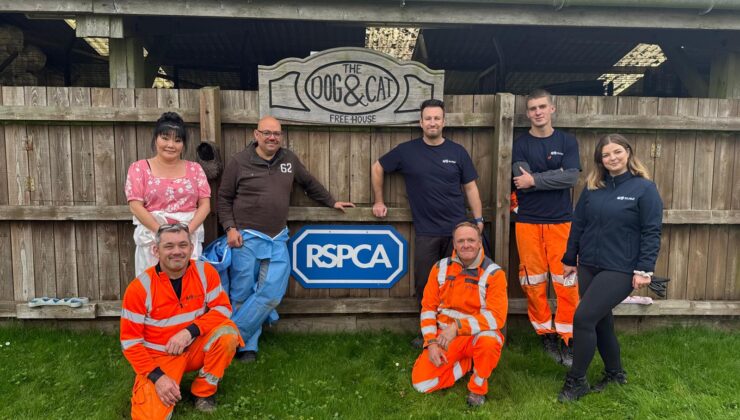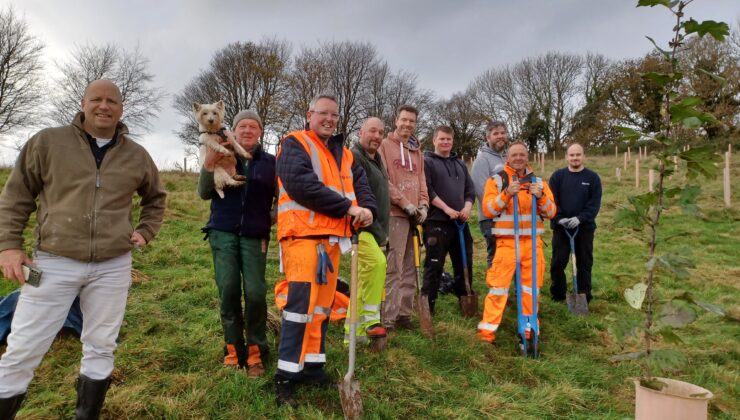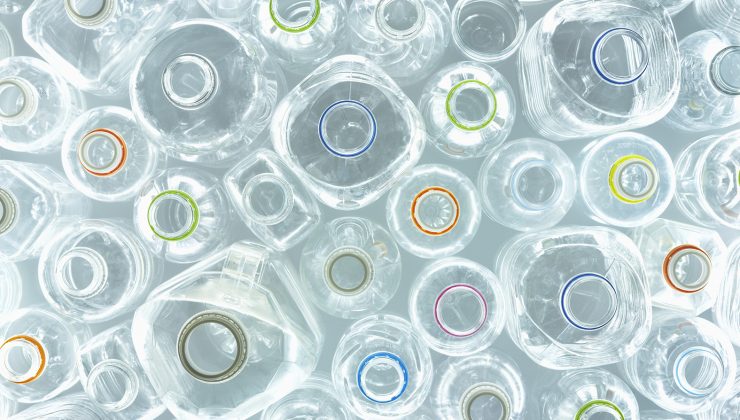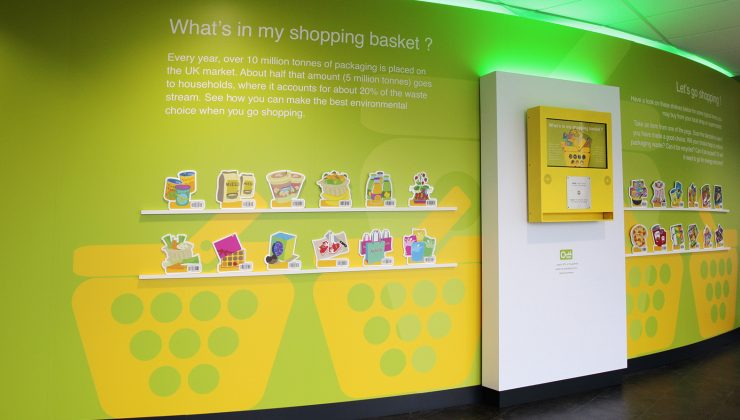9th April 2019
Statement issued on behalf of SUEZ recycling and recovery UK
A spokesperson for SUEZ recycling and recovery UK said:
Since 2017, SUEZ recycling and recovery UK has been working to restore the former United Mines landfill site by re-creating a mixture of habitats, including lowland heathland, native woodland with glades, native hedges and grassland.
The restoration of lowland heathland is particularly significant, as it is recognised as a priority habitat by Defra and has declined by 80% over the last century. Recreating this ‘lost’ habitat supports national and local priorities for biodiversity as heathland supports a wide range of scarce and unusual local species of reptiles, birds and insects – like stonechat, common lizards and dragonflies.
In re-creating this habitat, we have taken advice from expert restoration ecologists and have benefited from the significant levels of experience that exist within Cornwall, especially in the mining and quarrying industry, for re-creating heathland and other similarly important habitats. It is a particularly difficult habitat to recreate, requiring significant investment and time to create the correct soil composition and taking several years for the heather to establish.
Unfortunately, during the very early phases of growth on re-created heathland rabbits can cause restoration to completely fail. They preferentially browse young woody heather shoots which, once eaten, will fail to re-grow. We know from observation that the young heathland at United Mines is being actively damaged by the large numbers of rabbits, thus threatening the restoration of the priority habitat.
We have carefully considered alternative ways to control the rabbit population at United Mines but were unable to identify an alternative that would be successful on a site of this scale (10 hectares of heathland) and in this exposed location. Rabbit management is not something we have entered into lightly and, having carefully considered all the alternatives, liaised with the local community and consulted with experts, we have had to conclude that a programme of control, using safe humane methods as approved by Defra, is the only effective option to safeguard the valuable and fragile young heathland at United Mines.
Once established, the lowland heathland at United Mines will help create a new, sustainable landscape that contributes biodiversity net gain, leaving the natural environment in a measurably better state than before.





